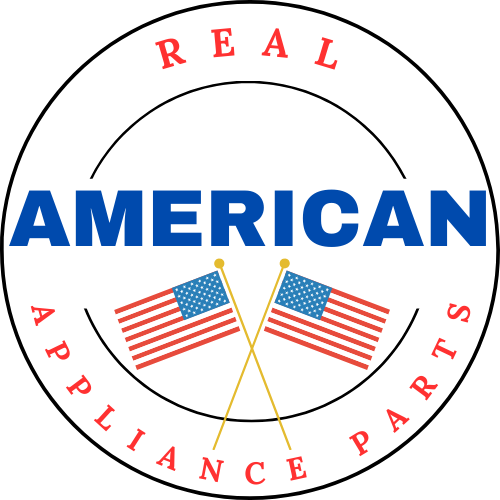Effective Change Management for Appliance Repair Companies: How to Evolve Without Disrupting Daily Operations
Change is inevitable in the appliance repair industry, whether it's adopting new technologies, refining business processes, or expanding service offerings. However, managing change effectively is crucial to ensure growth without negatively impacting day-to-day operations. Here’s how appliance repair businesses can implement change smoothly and successfully.
1. Clearly Define the Change and Its Benefits
Before implementing any changes, identify what needs to be improved and why. Clearly communicate the benefits, such as increased efficiency, improved customer satisfaction, or better financial performance. Employees and stakeholders are more likely to support change when they understand its value.
2. Develop a Strategic Plan
Having a structured approach prevents disruptions. A good change management plan includes:
- Objectives: Define clear goals for the change.
- Timeline: Set a realistic implementation schedule.
- Resources: Determine the tools, training, and budget needed.
- Roles & Responsibilities: Assign tasks to team members for smooth execution.
3. Involve and Communicate with Employees
Employees are on the front lines of daily operations, so their input is valuable. Engage them early in the process by:
- Holding meetings to discuss upcoming changes.
- Encouraging feedback and addressing concerns.
- Providing training to ensure a smooth transition.
- Recognizing and rewarding those who adapt quickly.
4. Implement in Phases
Rather than making drastic changes overnight, introduce adjustments gradually. A phased approach minimizes risk and allows for real-time troubleshooting. For example:
- Start with a pilot program in one area before a company-wide rollout.
- Test new scheduling software with a small group before full integration.
- Roll out policy changes incrementally to avoid overwhelming employees.
5. Leverage Technology for a Smoother Transition
Adopting new tools can streamline processes, but only if implemented correctly. Ensure that:
- Employees receive adequate training on new software or equipment.
- Customer interactions remain seamless during transitions.
- New technologies integrate with existing systems to avoid disruptions.
6. Monitor Progress and Adjust Accordingly
Once changes are in place, continuously track their impact. Key performance indicators (KPIs) to monitor include:
- Customer satisfaction scores to measure service quality.
- Employee productivity to assess workflow improvements.
- Financial performance to ensure cost-effectiveness.
Be prepared to make adjustments based on real-world feedback and results.
7. Maintain Customer Satisfaction During Transition
Customers should not experience disruptions due to internal changes. To maintain service quality:
- Clearly communicate any changes that may affect service.
- Train staff to handle customer inquiries related to transitions.
- Ensure prompt response times and uphold high service standards.
8. Create a Culture of Continuous Improvement
Change should not be seen as a one-time event but as an ongoing part of business growth. Encourage a mindset of adaptability by:
- Holding regular meetings to discuss improvements.
- Providing opportunities for skill development and training.
- Recognizing and rewarding employees who contribute to innovation.
9. Seek Customer and Employee Feedback
The success of change is best measured by those who experience it firsthand. Gather insights from both employees and customers to understand what’s working and what needs refinement. Use this feedback to fine-tune strategies for future transitions.
Final Thoughts
Implementing change in an appliance repair business doesn’t have to be disruptive. With a strategic approach, clear communication, and phased implementation, businesses can evolve while maintaining high service standards. By managing change effectively, companies can stay competitive, improve efficiency, and ensure long-term success without compromising daily operations.
